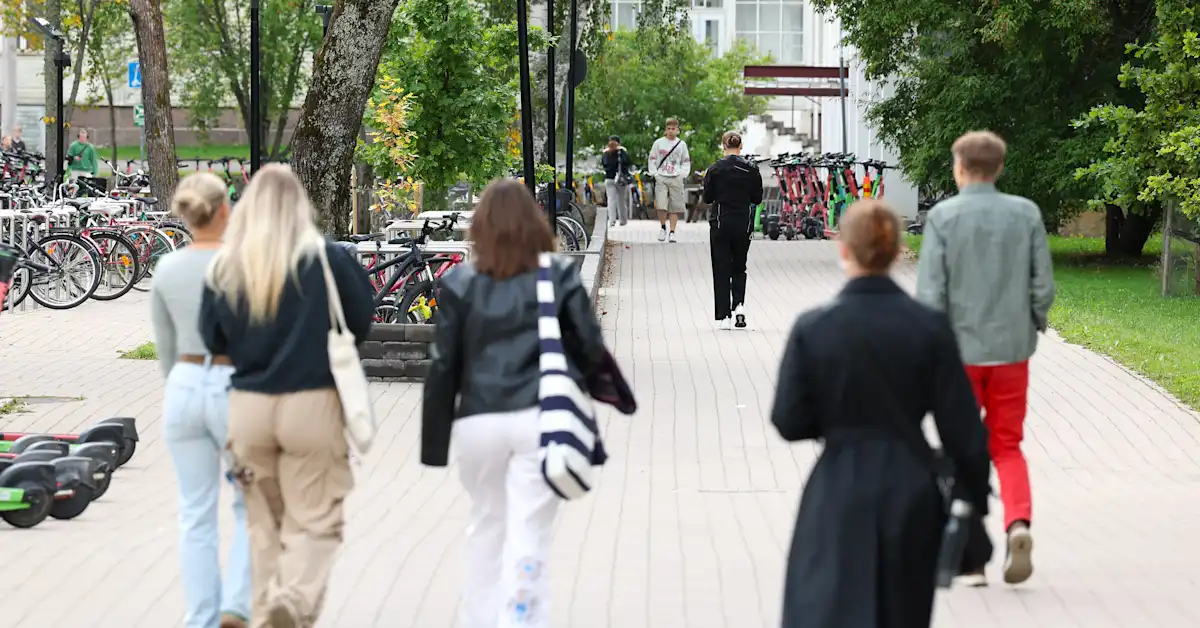Thursday’s papers: Graduates-jobs mismatch, shift in spot pricing, and Tampere’s mystery event
By Priya Ramachandran D’souza
Copyright yle

A Helsingin Sanomat editorial examined the growing mismatch between Finnish higher education and the job market.
Every year, many graduates from Finnish universities enter the workforce unemployed, while many fields face labour shortages year after year. The problem is not students’ interests, but the funding model of higher education and the effective advocacy of certain fields, according to HS.
Universities largely set their own admission numbers and, under the current system, have little incentive to focus on employment outcomes. Instead, they benefit by admitting large numbers of students to popular programmes. Only two percent of university funding and three percent of applied science university funding are tied to the quality of employment outcomes.
The paper notes that jobs in media and the arts are scarce, with streaming and public cuts hitting film and TV professionals, yet media admissions in polytechnics keep rising.
On the other hand, dentists, pharmacists, and doctors have the lowest unemployment rates among graduates according to the latest statistics, yet admissions have increased only slightly. Last year, just 70 medical school spots were added, even though a shortage of thousands of doctors has persisted for years.
HS writes that the Medical Association and other influential professional unions have long blocked increases in admissions, safeguarding strong job markets and high salaries for their members.
In the past, Finland’s education system was even tailored to a single company, HS writes. During Nokia’s peak, schools were pushed to train more engineers. When the company collapsed, many graduates were left without jobs — 10 percent remained unemployed years later.
According to the editorial, the Finnish system is unusually degree-focused, with studies tightly specialised. Employers also tend to focus on specific degrees rather than on broader skills, such as hiring graduates from fields like the humanities or social sciences for management roles.
Big change in spot electricity contracts
Kauppalehti reports that a major structural change will take place in Finland’s electricity market at the beginning of October, as spot pricing on the electricity exchange shifts to 15-minute intervals, also known as quarter-hour prices.
Going forward, the price of spot electricity will change 96 times a day, compared with the current system of 24 (hourly) price updates per day.
The paper writes that, however, the full impact of the change on electricity users is not yet clear. In Finland, already a third of households — about one million — have a spot electricity contract.
Ina Lehto from Finnish Energy says the switch to quarter-hour electricity pricing is manageable, as first-generation smart meters installed in the early 2000s are due for replacement anyway. However, most can be remotely upgraded for quarter-hour pricing at an additional 5–15 euros per meter, says the Ministry of Economic Affairs and Employment.
Finland’s electricity market is already complex, with daily price swings of hundreds of euros per megawatt-hour. Under the new system, prices could change four times per hour, from 744 different price points per month to nearly 3,000, according to energy company Vattenfall.
Heli Satuli, head of communications at Vattenfall Finland, notes that while average price changes are unlikely to be significant, substantial fluctuations within each 15-minute interval may still occur.
Vattenfall and Helsinki’s Helen will adopt quarter-hour pricing immediately for their spot electricity contracts, while other suppliers, including Oomi and Fortum, will phase in the change for existing consumer contracts.
According to Ina Lehto, network companies have until the end of 2028 to upgrade all meters for 15-minute measurements, with full implementation required by early 2029.
Mystery event in Tampere
A 25-story, 305-room hotel in Tampere has been booked out for an entire day on Friday for a private, undisclosed event, making news in all major papers across Finland. Iltalehti was the first to report on the matter.
IL wrote that the whole of Torni Hotel, including its restaurants and other facilities, will be reserved for private use, and no other guests will be accommodated on Friday. The hotel will reopen to the public on Saturday at noon.
Iltalehti contacted Solo Sokos Hotel Torni’s manager, Eveliina Jokinen, who declined to comment further on the private event without the client’s permission. She confirmed that this is the first time in the hotel’s 11-year history that the entire Torni Hotel has been reserved.
Torni Hotel is Finland’s tallest hotel — its ground-floor conference and banquet hall can accommodate about 700 guests.
The latest episode of the All Points North podcast asks what it’s like to grow up in Finland. Listen to the episode via this embedded player, on Yle Areena, via Apple, Spotify or wherever you get your podcasts.



